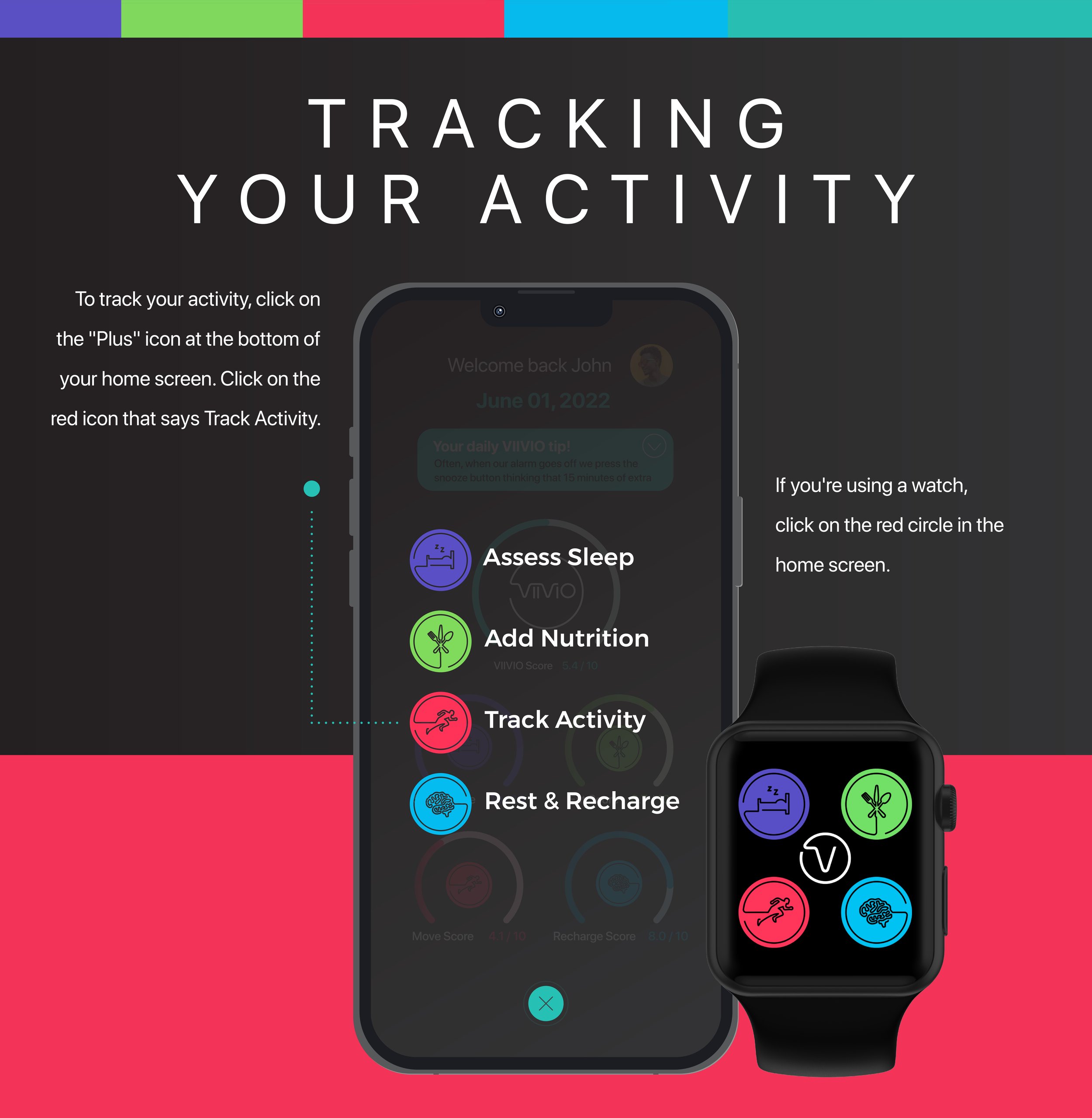BOOST YOUR MEMORY AND COGNITIVE FUNCTION WITH EXERCISE
“We have in our hands as close to a magic bullet for improving human health as exists in modern medicine. All we must do is move.” - John Medina, PhD
If you want to track your steps, physical activity and workouts please check out our VIIVIO app for peak performers! Here’s an article on how you can use VIIVIO to track your activity.
Do you find yourself forgetting things more and more? Or feeling fuzzy minded when you need to be clear and sharp? You may be losing your edge if you’re not moving your body.
A recent Harvard Health article adds to the pile of scientific literature linking exercise and cognitive function and improved memory and thinking skills. According to the research team, exercise boosts your memory and thinking skills by acting on the body and on the brain. Exercise also reduces insulin resistance and inflammation while encouraging the growth of new blood vessels and neurons in the brain. Physical activity then increases the size of the areas of the brain that control thinking and memory. Indirectly, exercise also improves mood and sleep and reduces stress and anxiety, all of which play a part in cognitive function.
So, can we leverage this mind-body connection? HIIT—high intensity interval training might just be the answer!
Interval training is any exercise where you vary the pace of your workout session. That means mixing short periods of hard work with easier periods of rest and recovery. For example, if you’re an absolute beginner to exercise, you might mix some easy-paced walking with short bursts of high-speed walking. Your muscles will start to tire, and you’ll get out of breath—and then you slow back down to that easy pace to recover. Rinse and repeat.
Interval training is one of the most efficient ways to improve your overall fitness and health. It has been shown to be as or more effective at improving fitness compared to other modes of exercise. For example, one research team looked at the effects of 12 weeks of strength training, interval training, and combined strength plus interval training compared to sedentary adults.
The researchers discovered that while strength training increased muscle size, interval training had the greatest effect on mitochondria and protein synthesis. The improved mitochondrial function was particularly evident in the older individuals, suggesting that interval training can help stop the cellular aging process!
If you want to challenge yourself a bit more but you’re new to interval training, here are some keys to help you get started:
1. This type of training is a lot harder on your body than aerobic exercise. So, you don't need to do any more than two (maximum three) interval workouts per week. You also want to make sure you give yourself 48-72 hours of recovery between intense workouts.
2. Start small. If you’re completely new to this type of training, start by just adding a little bit of intensity into a walk, jog, or bike ride. For example, maybe on a long slow run, bump up the pace until you get to the next stop sign and then slow it down again. You can do this a few times throughout the run.
3. If your joints or other health conditions prevent you from doing anything too high impact, you could walk some stairs or speed walk up a nearby hill. Aquafit is another incredible option for anyone with joint pain.
4. This type of training can take very little time. So, if you find it hard to fit exercise into your schedule, this is a good option for you. Try going for a few quick flights of stairs in between meetings or a 20-minute circuit workout before or after work. Health and fitness improvements have been measured after exercise bouts as short as 20 seconds.


